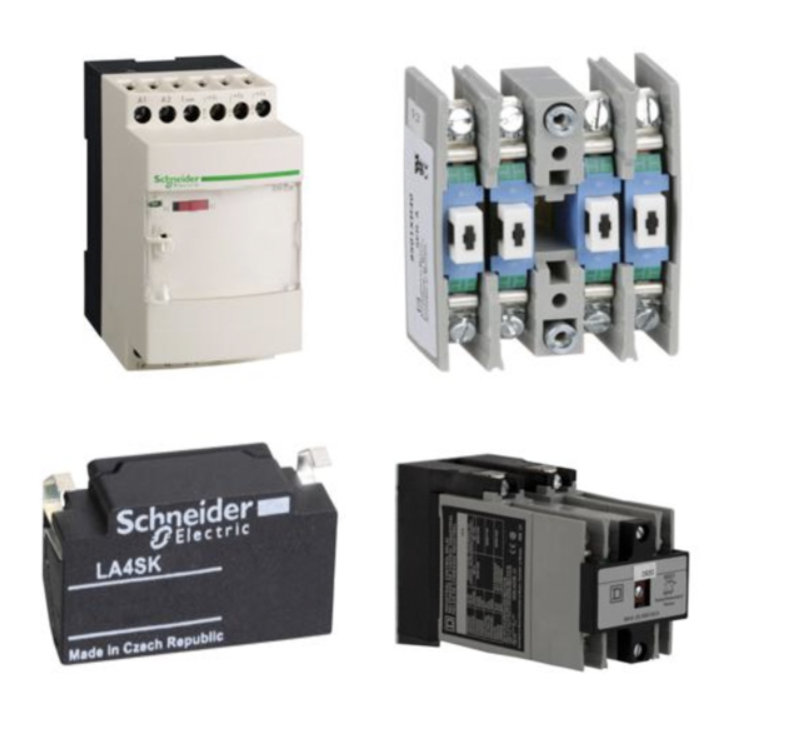Relay Accessories

Relay accessories are critical to achieving the desired performance level and reliability of relay systems in various applications. These components look to not only improve the relay system's performance but also enhance the organization and durability of the product in the end application. Relay sockets are an excellent example of this. They help facilitate the connection between the relay and the associated electrical circuits. More than just a simple connector, relay sockets are designed for convenience, allowing for easy installation and replacement, and enabling a relay network to be more easily maintained in the field. Relay covers are another example. These components protect the relay from physical and electrical hazards. Relay accessories are often compatible with systems using a standard DIN rail.
Another category of indispensable accessories for relays are those that enhance safety, reliability, and efficiency. The organized storage solutions for relays, such as relay cases and relay clips, ensure that relays are kept inoperable—safe from interruption—during transportation and downtime. Relay cases, clips, and the relays themselves are the clay model for the next component. They all have a place in the toolbox of an organized person who values efficiency.
More Information about Relay Accessories
Relay accessories that are available in a number of types suit the operational needs of a wide array of users, ranging from the simplest to the most complex, diverse functionalities one might desire of a relay. Relay cabinets enable connections to various circuit types in a clear and organized manner, which is crucial for both troubleshooting and reliability. More than that, however, relays are a kind of industrial glue. Relay components join all sorts of disconnected parts in a system together, enabling communication along the different paths inside the system while also regulating and maintaining order in the system.
FAQs
Can a carabiner clip and breakaway lanyard be included in a list of relay accessories?
Yes, a carabiner clip and breakaway lanyard can be included in a list of relay accessories as organizational tools for managing relay-related equipment and components.
What is a Relay & How it Works
What is a relay?
A relay is an electrically operated switch. Most relays use an electromagnetic to operate the switch. An electromagnet is a device that creates a magnetic field by passing an electrical current through a coil of wire. The magnetic field is then turned off when the current is removed.
Why use relays?
Relays are commonly used when there is a need to control a switch with high voltage or circuits with large amounts of current passing through them. Operating these types of switches manually can be dangerous, inefficient and impractical. By using relays, operational safety is increased while also providing the ability to use smaller, safer and less expensive electrical equipment to control devices. Using relays allow for control of several devices on a single switch, as opposed to using several switches for each device. Relays can be combined with timers and logic circuits to assist in electrical automation.
How do relays work?
A relay consists of two separate circuits that work together to open or close a switch (or contacts). The first circuit drives the coil (or electromagnet). The electricity passes through the coil, creating a magnetic field. The second circuit contains a set contacts and a separate power source. This circuit is what provides power to the electrical load.
When electricity passes through the coil, it creates a magnetic field. This magnetic field pulls the contact from the other circuit closed (or against the stationary contact) which will allow current to pass through the contacts, therefore allowing the load to become energized. When the coil is de-energized, the magnetic field is gone which allows the contact to be pushed back into its original state, de-energizing the load side of the circuit.

